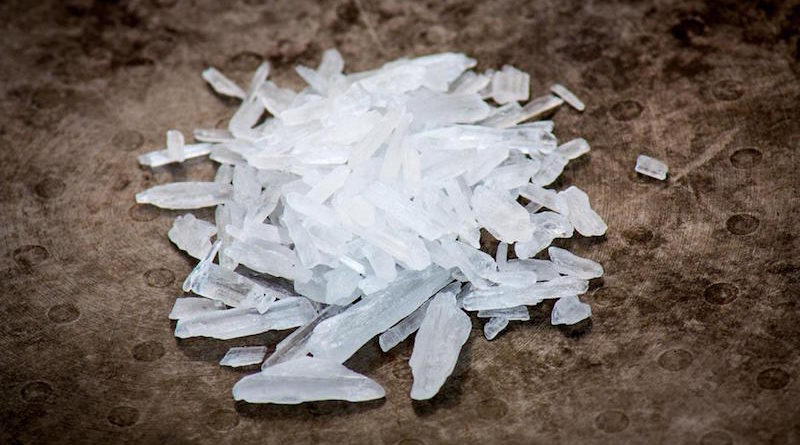How Does Methamphetamine Affect The Brain? Effects Of Crystal Meth Abuse
Methamphetamine, also known as meth or crystal meth, is a synthetic central nervous system stimulant that is usually smoked or snorted by the user. It is manufactured in laboratories using household items found at the pharmacy and hardware store such as pseudoaphedrine and acetone, and usually looks like white rock or glass.
Advertisement
On the list with cocaine and PCP, Methamphetamine is classified as a Schedule II under the Controlled Substances Act. The United States Drug Enforcement Agency (DEA) reports methamphetamine to be a highly addictive and dangerous mood altering substance, and researches agree it’s use is associated with a number of consequences on the brain and central nervous system.
How Does Methamphetamine Affect The Brain?
Methamphetamine abuse can lead to a number of short-term and long-term effects on the brain. According to the National Institute for Drug Abuse, a meth user’s brain can show significant changes in the behavior of the dopamine system associated with language and motor skills after just 14 months of prolonged use. A 2015 study performed by researchers Nicole A. Northrop and Bryan K. Yamamoto also shown that meth use induces a decrease in structural proteins resulting in an increase in BBB permeability, as well as damage to dopamine and serotonin terminals.
What Long-Term Side Effects Of Methamphetamine Use?
Long term meth use can lead to:
- Addiction
- Pyschosis (paranoia, hallucinations, obsessive compulsive behavior)
- Changes in brain structure
- Decline in thinking and motor skills
- Memory loss
- Violet mood swings
- Severe dental issues
- Weight loss
Where Did Methamphetamine Come From? What Is the History Of Meth?
Advertisement

